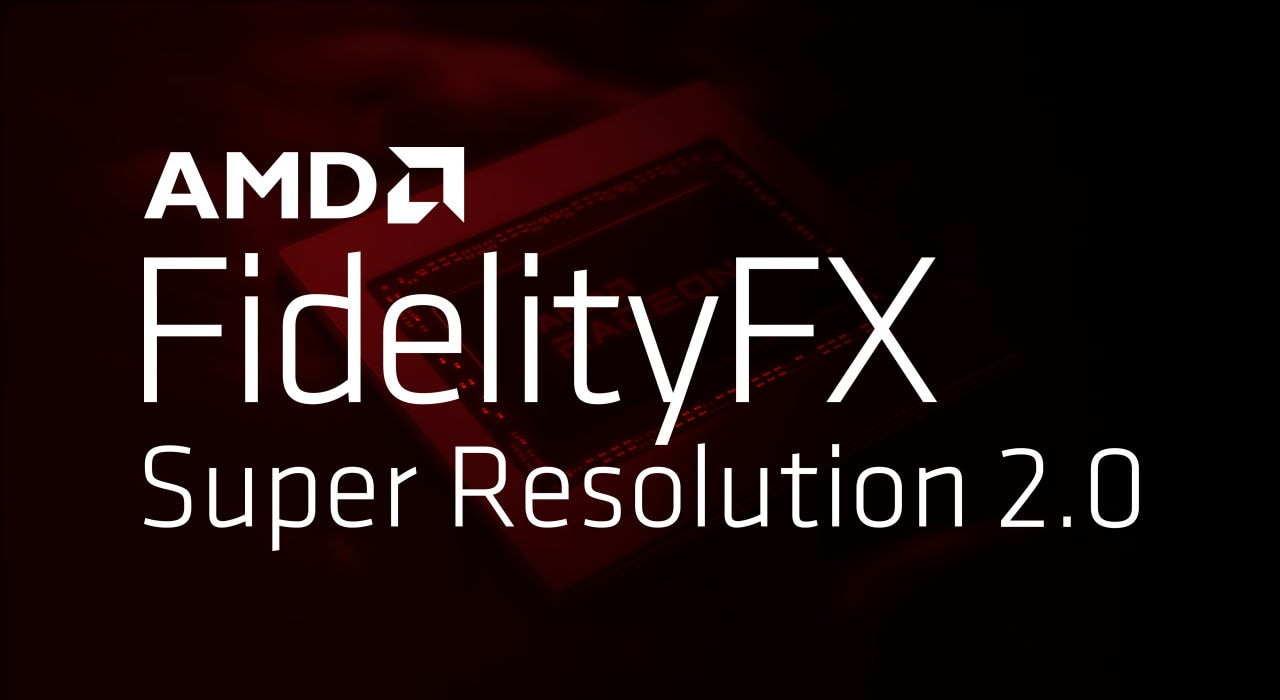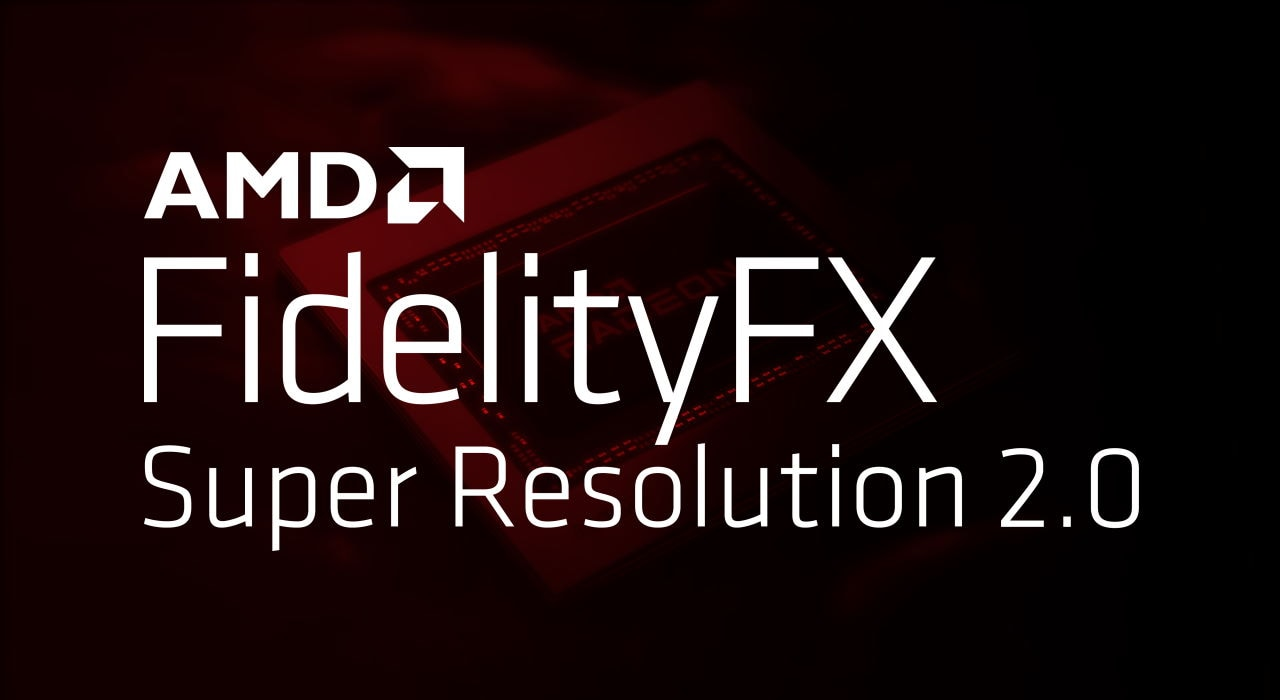Yesterday marked the one-year anniversary of AMD’s FidelityFX Super Resolution technology, and developers are moving on to support FSR 2.0, which has already appeared in a large number of games. Now it’s even easier to implement FSR 2.0 as AMD has officially released the source code under open source license.
As with FSR 1.0, AMD continues to support the open source community with FSR 2.0. As of yesterday, the source code is freely available on GPUOpen under the MIT license. For those who don’t know, the MIT license is an open source software license that gives developers more freedom to modify and distribute, making it very popular with open source projects.
FSR 2.0 is currently available to all users in Deathloop, and the feature will appear in more than 20 other games in the coming months. FSR as a whole, including FSR 1.0 and 2.0, is now available (or “on the way”) in over 110 games, which is a significant achievement just one year after launch. FSR 1.0 has already become the fastest adopted gaming technology when it reached 70+ supported games in late 2021. Since 2022, industry support has only increased.
Importantly, games can support and allow users to choose between FSR 1.0 and 2.0, as was the case with Deathloop. FSR 2.0 now supports the DX12 and Vulkan APIs and has plugins for Unreal Engine 4 and will soon be available for Unreal Engine 5. The technology is also available in the Xbox SDK for console games, in addition to the recent open-source release.
You can find everything you need to know about FSR 2.0 on AMD’s website, including links to various downloads, documentation and examples. You can also find the source code for FSR 2.0 on GitHub.
FSR has become impressively popular in its first year, and now that FSR 2.0 is fully available to developers, complete with open source, we should see this trend continue with new game releases this year and beyond.

